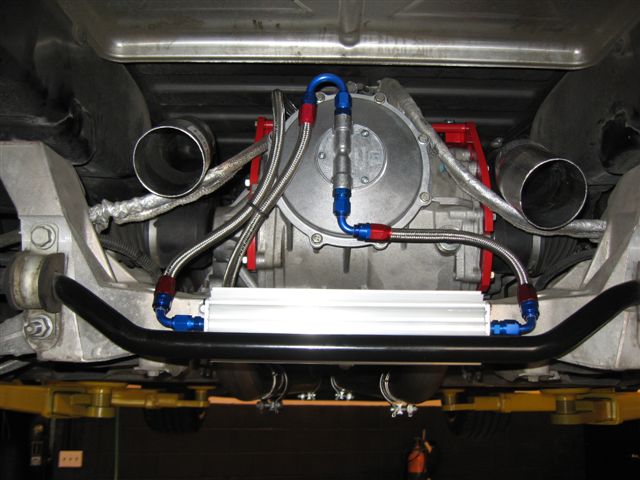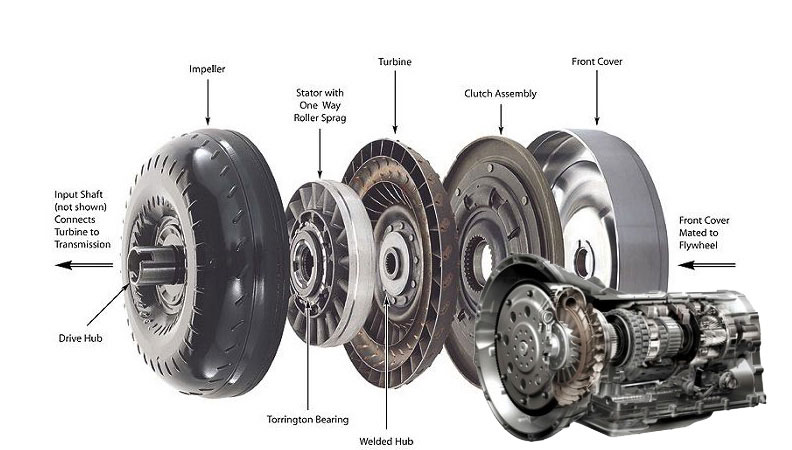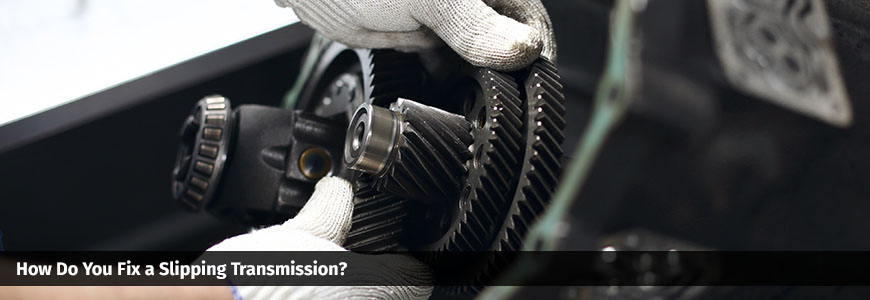Signs Your Transmission is Slipping
In the case of transmission slipping due to minor problems, such as low fluid levels, ineffective or burnt fluid, or a leak in the transmission, you may be able to fix the problem yourself. Most people should be able to check the fluid themselves and many will feel comfortable changing it as well. Low Transmission Fluid. Low transmission fluid is probably the most common cause of why your. Prolong Super Lubricants PSL15000. Prolong Super Lubricants PSL15000 additive is one of the best. Houston Transmission Repair & Auto Repair Shop Locations in Houston, Katy, Kingwood & Montgomery TX. When it comes to transmission repair shops Houston has many options. All of our shops have experienced & certified auto mechanics performing complete vehicle maintenance. Bar’s Leaks CVT Transmission Fix contains a seal conditioner, extreme pressure & anti-wear agents, cleaning detergents and a performance additive booster to stop belt/chain slipping, seal fluid leaks and reduce noise. Can you fix a CVT transmission?
If your car’s automatic transmission is showing signs of slipping, then you should have it checked right away.

What might seem to be a minor annoyance can turn into a bigger, more expensive problem down the road. Transmission slipping does not always mean your transmission is going to fail, but it is a signal that maintenance is required. Because your car’s transmission is one of its most complicated systems, it is important to accurately diagnose the cause of the symptoms.
If your transmission is slipping, be aware of the signs.
There are some common signs that you can look for. Signs of slipping can appear in a number of forms when you are driving, or even sitting at idle. Signs include:
- Engine revs or chugs
- Slow, weak or delayed acceleration
- Difficulty shifting gears or hard shifting
- Grinding, whining or other strange noises
- Won’t go in reverse
- Burned or strange smells
- Check engine light
What does it feel like when the transmission is slipping?
Automatic Transmission Slipping
When the transmission slips, it might feel like the vehicle is slow to respond. Sometimes it doesn’t respond at all when you press the gas pedal. The noticeable change in the transmission’s performance might be accompanied by a noise or change in pitch as it changes gears. If your car changes gears suddenly without any reason or action on your part, it’s time to take it to a mechanic, because this situation can be dangerous.
Is it safe to drive with a slipping transmission?

If your vehicle unexpectedly shifts gears while you’re driving, you should get to a mechanic as soon as possible. This is a potentially dangerous situation because the vehicle has become unreliable. If it starts to shake or become difficult to control, please pull over and get to safety. Many AAMCO Utah service centers will assist with towing.
If you experience any of these issues, your car is probably showing signs of a transmission problem. Knowing the signs is half the solution. Your next step is to book an appointment with your local Utah AAMCO transmission and total car care service center. Have a technician inspect your vehicle (usually a free diagnosis). This way you avoid causing more damage to the transmission and possibly costing a lot more money.
Here are some reasons your transmission is slipping.
If your transmission is slipping, grinding, making loud sounds that you know are just bad, chances are it needs a thorough diagnosis.
- Low, worn out or burned transmission fluid
- Solenoid problems
- Worn or broken transmission bands
- Clutch problems
- Worn out gears
- Torque converter issues
Most transmission problems are a result of low, worn out, or burned transmission fluid.

Transmission fluid is the most important component to a healthy transmission.
It is the number one thing you can easily take care of. Check and change the transmission fluid as directed by your vehicle’s manufacturer. Transmissions don’t last forever, but they can last a long time and run well if you take care of them. With minimum effort and not much maintenance you’ll probably get about 100,000 miles out of it. That might seem like a long time, but it only takes five years to put 100,000 miles on your car, at an average of driving 20,000 miles per year.
If your car seems sluggish and just doesn’t drive right, check the transmission fluid. If the fluid is low, worn out, or has burned, you should consider getting a fluid flush. Take of the transmission fluid and your transmission will operate for a really long time.
A defective solenoid can cause the transmission to slip.
What’s a transmission solenoid?
A transmission solenoid is an electro-magnetic component used to control the flow of transmission fluid in the transmission.
Every time a gear is shifted, the car’s computer – Engine Control Module (ECM) or Transmission Control Module (TCM) – actuates a transmission solenoid, which pushes transmission fluid into the valve body to engage the right gear.
Through this process the transmission solenoid regulates how much fluid is passed through the transmission. If the solenoid malfunctions, not enough fluid is pumped into the transmission, which will result in the transmission overheating and slipping.
A defective solenoid has to be replaced. A thorough diagnosis of your transmission slipping issues should be able to find the faulty solenoid, but sometimes the electrical system can be the issue. Either way, the solenoid should be checked if all other issues have been addressed and your transmission still slips.
Transmission bands can wear out and cause slipping.
What are transmission bands?
Transmission bands and clutches must engage and release in precisely regulated time for the transmission to perform optimally. Transmission bands can become worn or broken, which will cause the transmission to slip. Bands are what link the gears in the automatic transmission together. To fix this problem, the defective bands should be replaced.
Sometimes the bands are fine and only need adjustment. The clutch plates might also need to be replaced or adjusted. Bands and clutch plates throughout the transmission and in the torque converter may become worn or burned out from inadequate transmission fluid.

Here again the importance of transmission fluid becomes obvious. Take care of your transmission fluid and you’ve won half the battle against transmission wear and expensive breakdowns.
Clutch wear can cause manual and automatic transmissions to slip.
Automatic and manual transmissions both make use of clutches, but…
An automatic transmission has a torque converter instead of a main clutch. The engine and transmission connect at the bell housing, which contains the torque converter for automatic transmissions, as opposed to a clutch for manual transmissions. Vivitar photags express software download mac. The torque converter joins the engine and the transmission so the wheels will turn. Torque converters and clutches rely on clean transmission fluid delivered on time at the right pressure to shift gears and make the transmission perform efficiently.
Transmission gears wear out and start slipping.
Low or burned out transmission fluid is a major cause of gear wear and tear.

Over time gears can wear out – especially if they have been running hot and inefficiently due to lack of or worn out transmission fluid. Slipping gears are usually due to normal wear and tear, which causes them to not engage properly and to slip in and out of sync. It is rare, but there might be a malfunctioning set of gears in the transmission, which is usually due to bad original manufacturing. Worn or rounded out gears don’t properly link together so this can cause a bumpy shift and slippage as you accelerate and drive.
Torque converter issues will cause the transmission to slip.
The torque converter changes the engine’s power into torque that the transmission can use.
It’s a hard working, important component to the overall operation of the transmission. Without the torque converter, the wheels don’t get power or turn. Torque converters, like most other parts in a slipping transmission, become worn over time. Transmission fluid must flow through the torque converter at the right times and amounts – if it fails, the transmission will not only start slipping, it might display other problems, such as just not going into gear, burning, smoking, jumping gears while driving, or blowout.
How much does it cost to fix a slipping transmission?
Transmission Slipping Cost
AAMCO Utah Transmission Repair Centers Can Help
Only a trained, qualified technician can really get to the root of the matter when it comes to an automatic transmission. Oftentimes your car’s transmission problems can be solved with a fluid change or our proprietary Power Purge® service, and that is what we will do. Taking the time to accurately identify the cause of the problem will save a lot of trouble in applying the right solution.
The AAMCO Transmission service centers of Utah specialize in diagnosing and fixing transmissions of all makes, models, and configurations, from manual to automatic, CVT, AWD, FWD, and 4x4. We run diagnostics and do a complete inspection to find the issues affecting your transmission. We recommend only the work that needs to be done and won’t do anything until after we’ve discussed your options with you and determined the best, most reliable course of action to fix your car and get you back on the road.
Automatic Transmission Slipping In Drive
Call or book an appointment online to get started.
